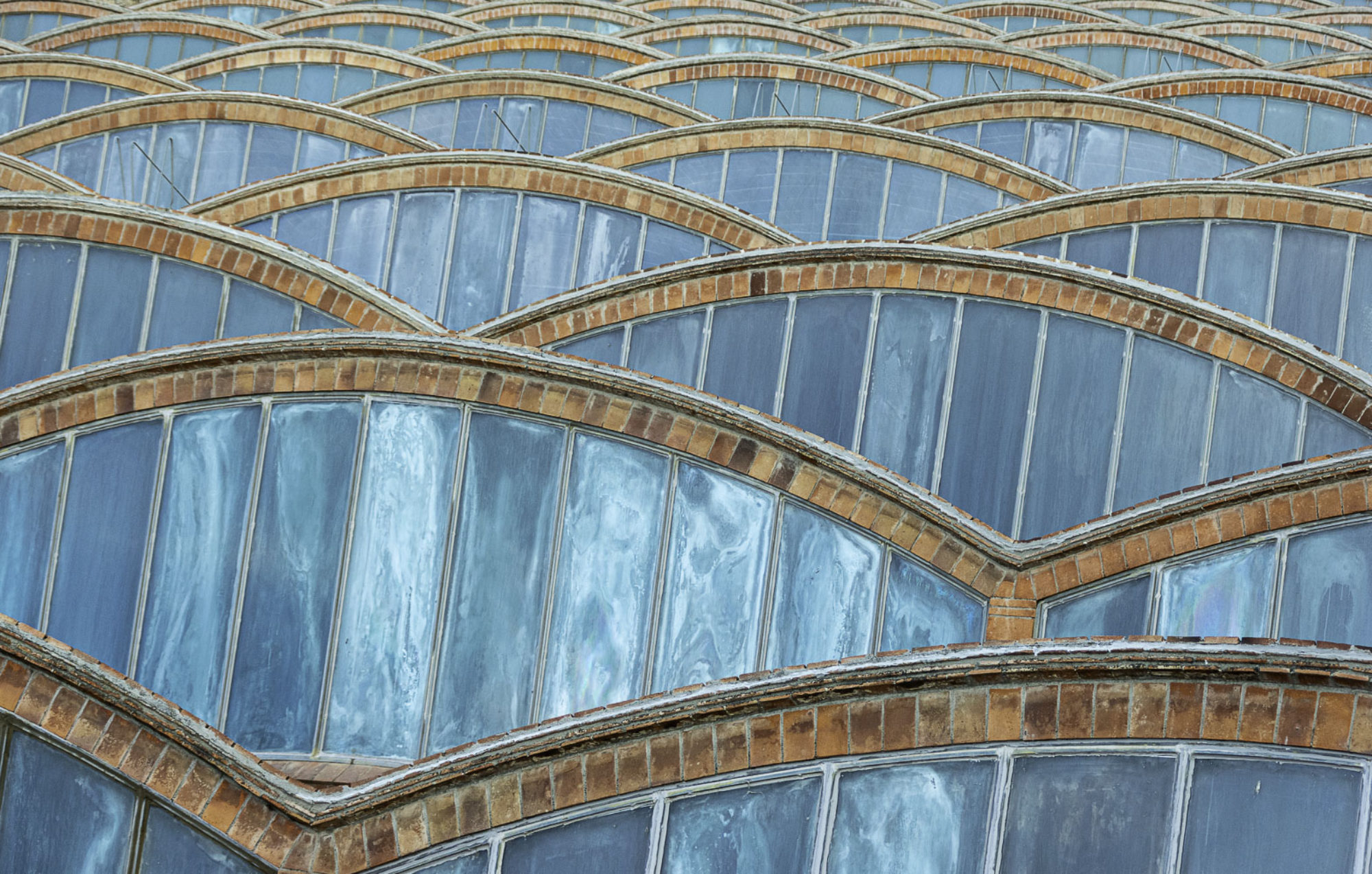This is a Graduate course that falls within the BGSMath activities.
It will be delivered at the CRM jointly with Ramon Antoine and Laurent Cantier (UAB), and registration is free, but mandatory. For more information, click here.

Associate Professor of Mathematics
This is a Graduate course that falls within the BGSMath activities.
It will be delivered at the CRM jointly with Ramon Antoine and Laurent Cantier (UAB), and registration is free, but mandatory. For more information, click here.
Michal Hbrek (Prague)
Some new results about the Telescope Conjecture in D(X)
Abstract: In the generality of a big tt-category, the Telescope Conjecture (TC) asks if every smashing ideal is compactly generated. This has been a conjecture in the case of the stable homotopy category of spectra until the announcement of the negative answer this year. For the derived category D(X) of a qcqs scheme, (TC) is a property which sometimes holds (namely, for noetherian schemes) and sometimes does not. Balmer and Favi showed that (TC) is an affine-local property, and thus the question reduces to affine schemes. With Hu and Zhu, we recently showed that (TC) is even stalk-local, and thus reduces to local rings.
In the present work (arXiv:2311.00601), we show a stronger locality proposition, which reduces (TC) to inspection of the definable ideal generated by the residue field of a local ring. This ties (TC) very strongly with the properties of the m-adic topology on the ring. We apply this to recover most known examples of validity or failure of (TC) in D(X), as well as to construct some new ones. Moreover, we show that certain restriction of (TC) can be characterized in terms of pseudoflat ring epimorphisms over R, yielding an interesting example of a non-surjective pseudoflat local ring morphism.
Pace Nielsen (Bigham Young University)
Connections between elementwise properties in rings
Abstract: We illustrate some recent connections (and disconnections) discovered between some standard properties of rings, and their elements. Of particular importance is the discovery of “better” inner inverses for von Neumann regular elements. This has some surprising consequences in module theory, regarding direct sum decompositions.
Laurent Cantier (UAB-Czech Academy of Sciences)
Webbing transformations and C*-algebras
Abstract: In the recent light of the emergence of new invariants for non-simple C*-algebras, we expose a categorical construction that we refer to as the webbing transformation, allowing to generically merge distinct C*-invariants together. E.g. the Cuntz semigroup together with K-theoretical data. One of the benefits is to naturally incorporate the data encoded within any (closed two-sided) ideals. In this talk, we will first define our categorical framework and study properties of these webbed objects, including an ideal-quotient theory, to then venture into their possible impact on the classification of non-simple C*-algebras.
Roozbeh Hazrat (University of Western Sydney)
Sandpile Graphs and Graph Algebras
Abstract: We give a down to earth introduction to seemingly two very different topics, one about sandpile models (a model about spreading objects along networks) and the other is how to associate interesting algebras to graphs. We then relate these two topics, via the concept of monoids.
Manuel Saorín (Universidad de Murcia)
On an overlooked conjecture
Abstract: The concept of flat object can be defined in any Grothendieck category. In 2007 Juan Cuadra and Daniel Simson conjectured that any locally finitely presented Grothendieck with enough flats has enough projectives. Since by (an extended version of) Gabriel-Popescu’s theorem, any Grothendieck category is equivalent to the quotient $(\mathrm{Mod}-\mathcal{A})/\mathcal{T}$, where is $\mathcal A$ a preadditive category and $\mathcal T$ is a hereditary torsion class of $\mathrm{Mod}-\mathcal{A})$, in order to tackle the conjecture one needs to ask first what are the conditions on $\mathcal T$ for the mentioned quotient to: 1) be locally finitely presented; 2) have enough flats; 3) have enough projectives. In this talk we will identify those conditions in the particular case when $\mathcal T$ is also a torsion free class (i.e. it is a TTF class) in which case, due to a generalization of Jan’s bijection, there is a uniquely determined idempotent ideal $\mathcal I$ of $\mathcal A$ such that consists of the right $\mathcal A$-modules (=additive functors $\mathcal{A}^{op}\to\mathrm{Ab}$) that vanish on $\mathcal I$. It turns out that $(\mathrm{Mod}-\mathcal{A})/\mathcal{T}$ has enough projectives in this case if, and only, if $\mathcal I$ is the trace of a projective right $\mathcal A$-module. From this point of view, as the much more popular telescope conjecture of Ravenel, this restricted version of Cuadra-Simson’s conjecture is a particular case of the general question of when a given idempotent ideal $\mathcal I$ of a (pre)additive category, e.g. of a ring, is the trace of a (special type of) projective $\mathcal A$-module. We will give some partial positive answers to Cuadra-Simson’s conjecture when $\mathcal T$ is a TTF class.